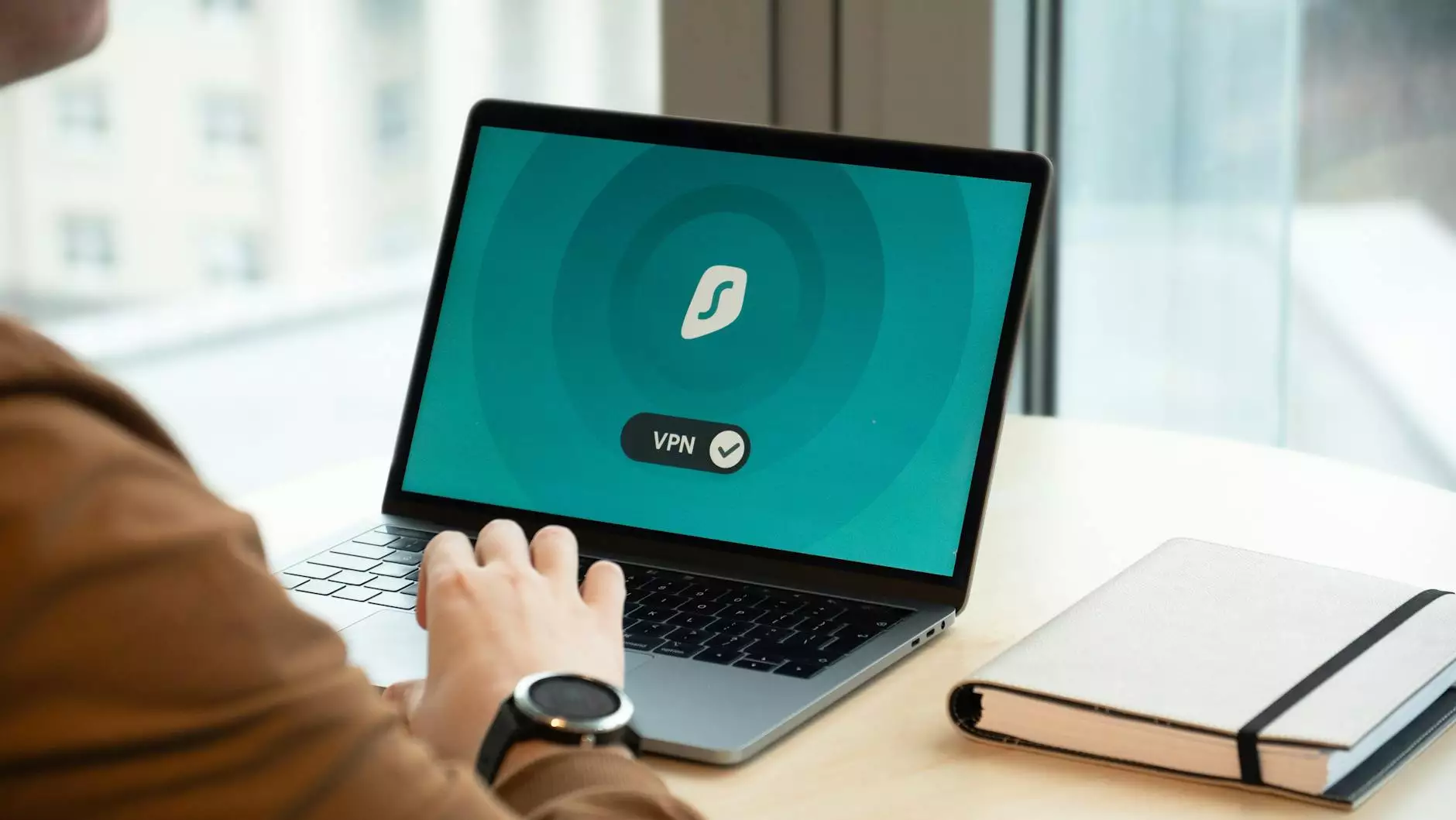Understanding DLP Email Encryption: Securing Your Business Communication

In today’s digital landscape, where information is exchanged at lightning speed, the security of data is more critical than ever. Data Loss Prevention (DLP) refers to strategies and tools designed to prevent data breaches, while email encryption is a fundamental aspect of protecting sensitive information sent via email. This article will provide an in-depth look at DLP email encryption, its significance, and how it can be leveraged to safeguard your business communications effectively.
What is DLP Email Encryption?
DLP email encryption combines data loss prevention techniques with email encryption protocols to ensure that sensitive data is not only stored securely but also transmitted securely. When businesses send emails containing confidential information, there’s always a risk of interception by malicious actors. Thus, understanding how these systems work together is vital for any organization's security posture.
The Role of Data Loss Prevention
Data Loss Prevention implements protective measures that can identify, monitor, and protect sensitive information to prevent its unauthorized access and distribution. This includes:
- Identifying Sensitive Data: DLP solutions can recognize data that is classified as sensitive, such as personally identifiable information (PII), financial records, and intellectual property.
- Monitoring Data Traffic: DLP acts as a watchdog, monitoring both data at rest and in transit. It ensures any outgoing emails with sensitive data trigger predefined security protocols.
- Enforcing Security Policies: DLP solutions can enforce company policies by blocking, encrypting, or quarantining emails that violate data protection rules.
The Importance of Email Encryption
Email encryption is the process of encoding email messages so that only the intended recipient can read the content. This is crucial for protecting sensitive information, as it adds a layer of security against unauthorized access. It’s vital to understand the two main types of email encryption:
- Transport Layer Security (TLS): This method encrypts the connection between mail servers, ensuring that emails are secure during transmission.
- End-to-End Encryption: With this approach, emails are encrypted before they leave the sender’s device and decrypted after they are received by the recipient, offering maximum security.
How DLP Email Encryption Works
DLP email encryption solutions usually work through a combination of software and policies tailored to a business's specific needs. Here’s how:
- Integration with Email Platforms: DLP tools can integrate seamlessly with popular email platforms like Microsoft Outlook and Gmail. This integration allows for real-time monitoring and protection without compromising user experience.
- Policy Configuration: Businesses can define policies based on their security requirements. These policies determine how sensitive information is handled, who it can be shared with, and what encryption protocols to apply.
- Automatic Encryption: When sensitive information is detected in an email, DLP solutions can automatically encrypt the message. Users may be prompted to enter a password or use two-factor authentication to ensure authorized access.
- Notification and Reporting: DLP systems provide notifications when sensitive data is attempted to be sent without proper encryption, along with comprehensive reports for compliance and auditing.
The Benefits of Implementing DLP Email Encryption
The integration of DLP email encryption into your business’s communication strategy reaps numerous benefits, including:
1. Enhanced Security
By employing DLP email encryption, your organization protects sensitive data both in motion and at rest, significantly reducing the risk of data breaches. Encryption adds a robust layer of security that proactively protects your business from unauthorized access.
2. Compliance with Regulations
Many industries face strict regulations regarding data protection, such as HIPAA, GDPR, and PCI DSS. Implementing DLP solutions with email encryption assists businesses in meeting these regulatory requirements, thereby avoiding potential fines and legal issues.
3. Increased Customer Trust
When customers know that their sensitive information is well-protected through effective DLP email encryption practices, it builds trust and confidence in your brand. Customers are more likely to engage with businesses that prioritize their data security.
4. Mitigation of Insider Threats
DLP solutions monitor and control access to sensitive data, significantly reducing the risk of insider threats. This proactive approach means that even employees can be restricted from accessing sensitive information unless absolutely necessary.
Best Practices for DLP Email Encryption
To effectively implement DLP email encryption, consider the following best practices:
- Conduct a Risk Assessment: Understand your organization’s data landscape and identify sensitive information that needs protection.
- Define Clear Policies: Establish clear data protection policies that align with your business goals and ensure all employees are trained on them.
- Choose the Right Tools: Select DLP solutions that integrate smoothly with your existing email systems and provide customizable options to suit your needs.
- Regularly Update Software: Keep your DLP and encryption software updated to protect against emerging threats and vulnerabilities.
- Engage in Continuous Training: Regularly train employees on the importance of data security and reinforce best practices for using DLP email encryption.
Conclusion: Prioritizing Security in Business Communication
In an era where digital communication is integral to business success, ensuring the security of sensitive information is paramount. DLP email encryption is not just a technical requirement but a business imperative that protects your organization against evolving threats and compliance issues. By implementing strong DLP practices and email encryption technologies, you can foster a secure communication environment, enhance customer trust, and ultimately create a more resilient business infrastructure.
By partnering with experts in the field, such as those at Spambrella, businesses can take significant steps towards achieving comprehensive security in their email communications. Moreover, as cyber threats continue to grow, investing in DLP email encryption is no longer optional; it’s a vital component of a forward-thinking business strategy.









